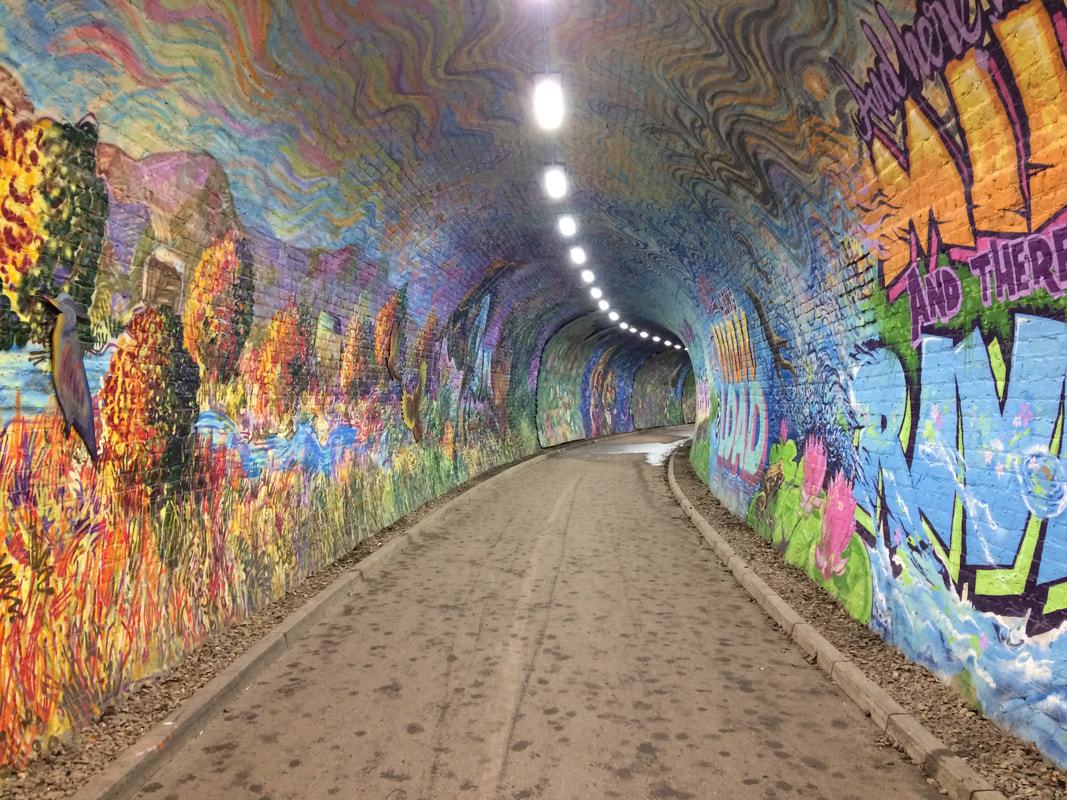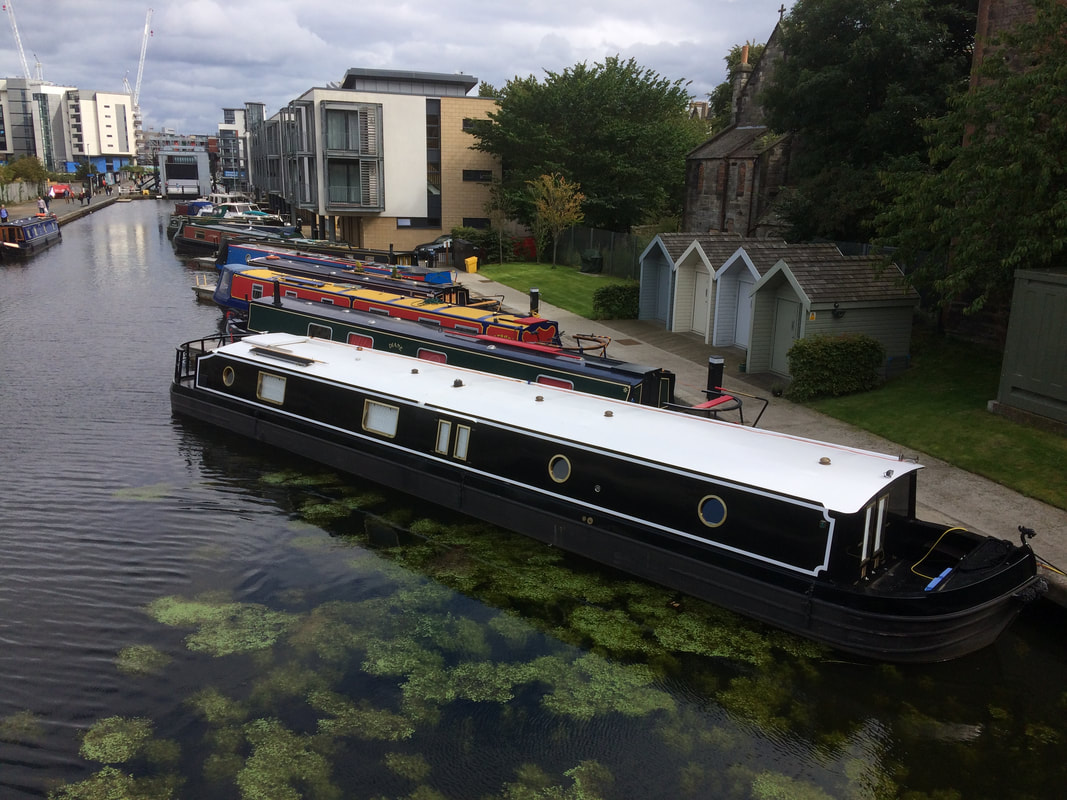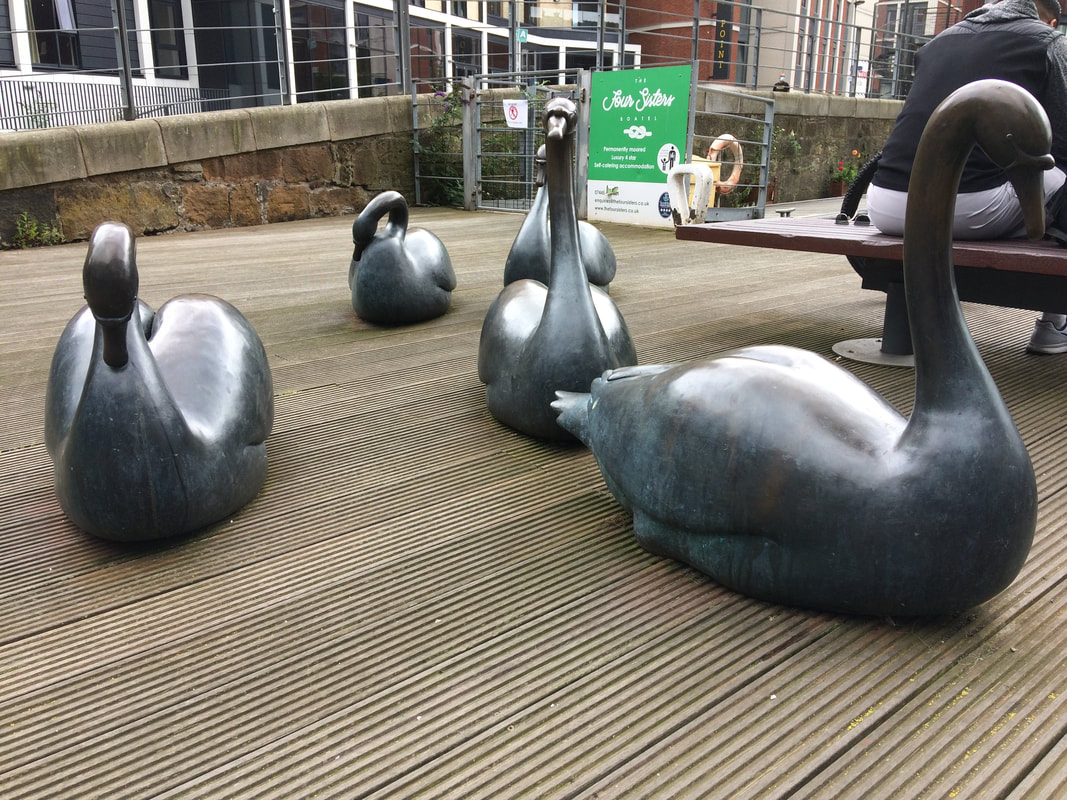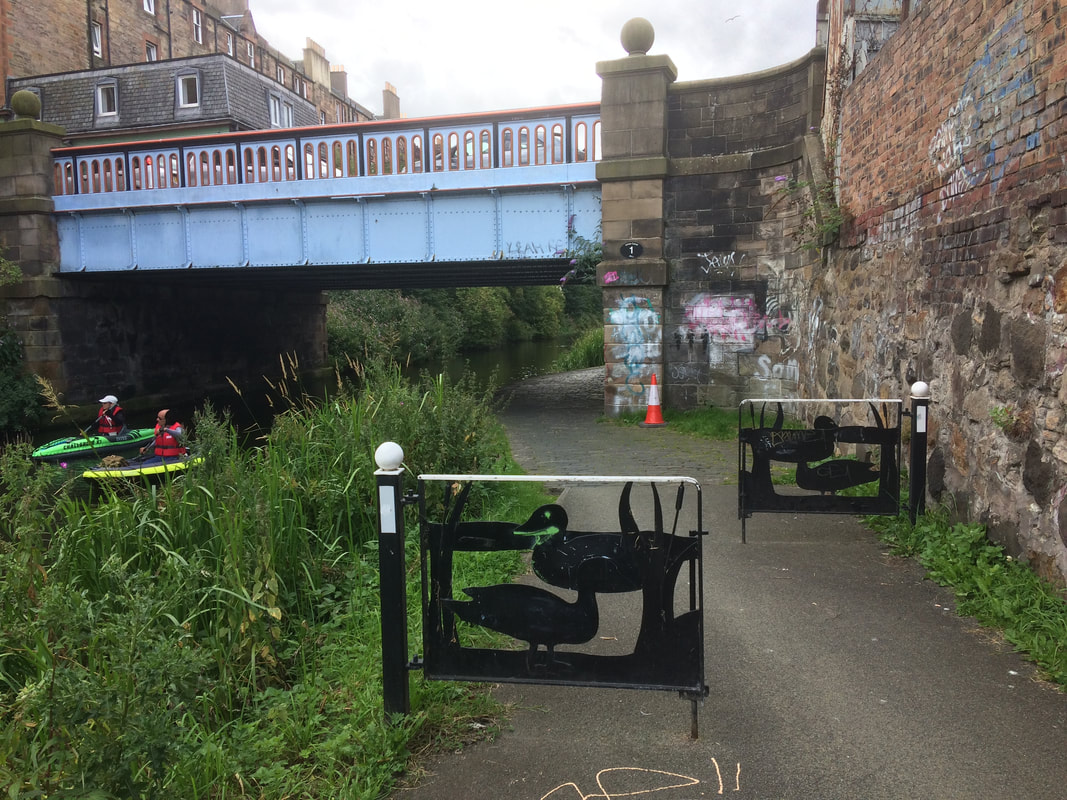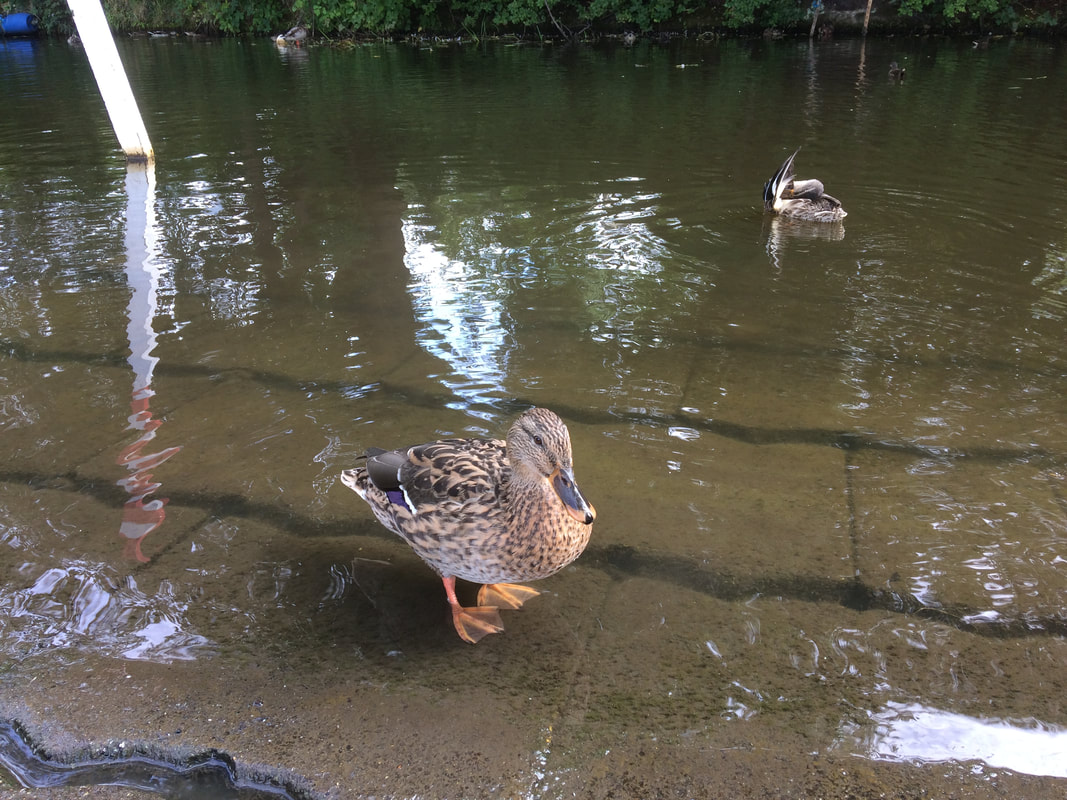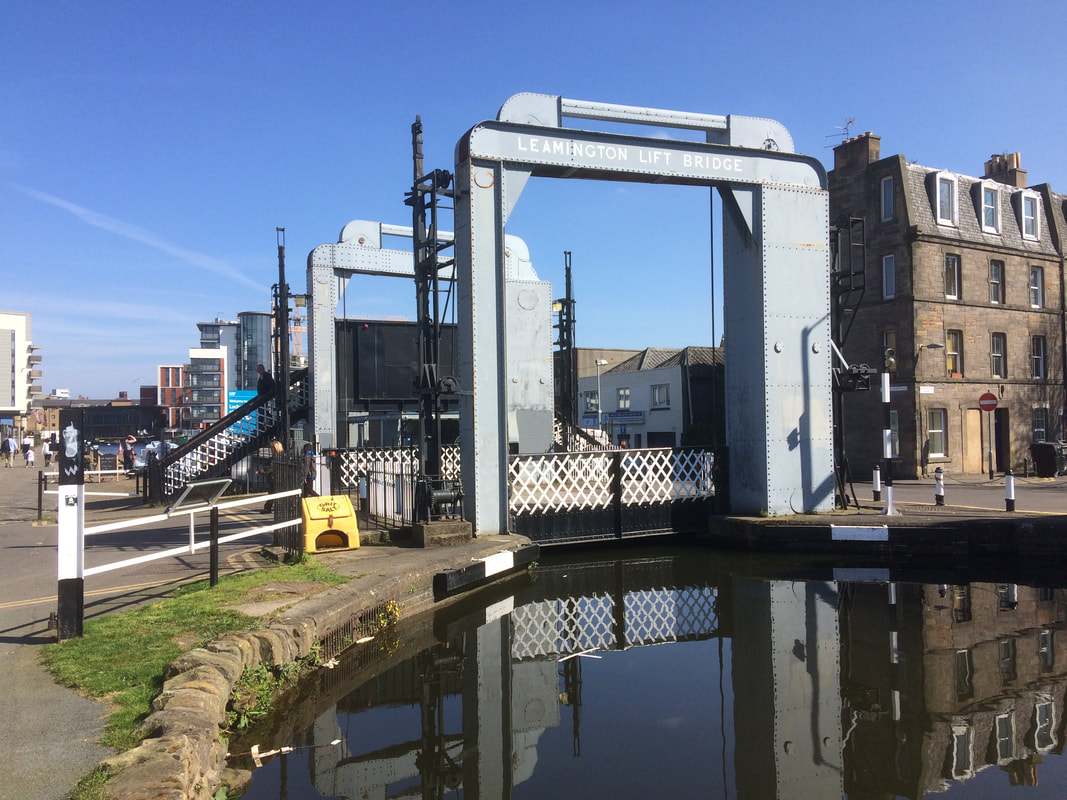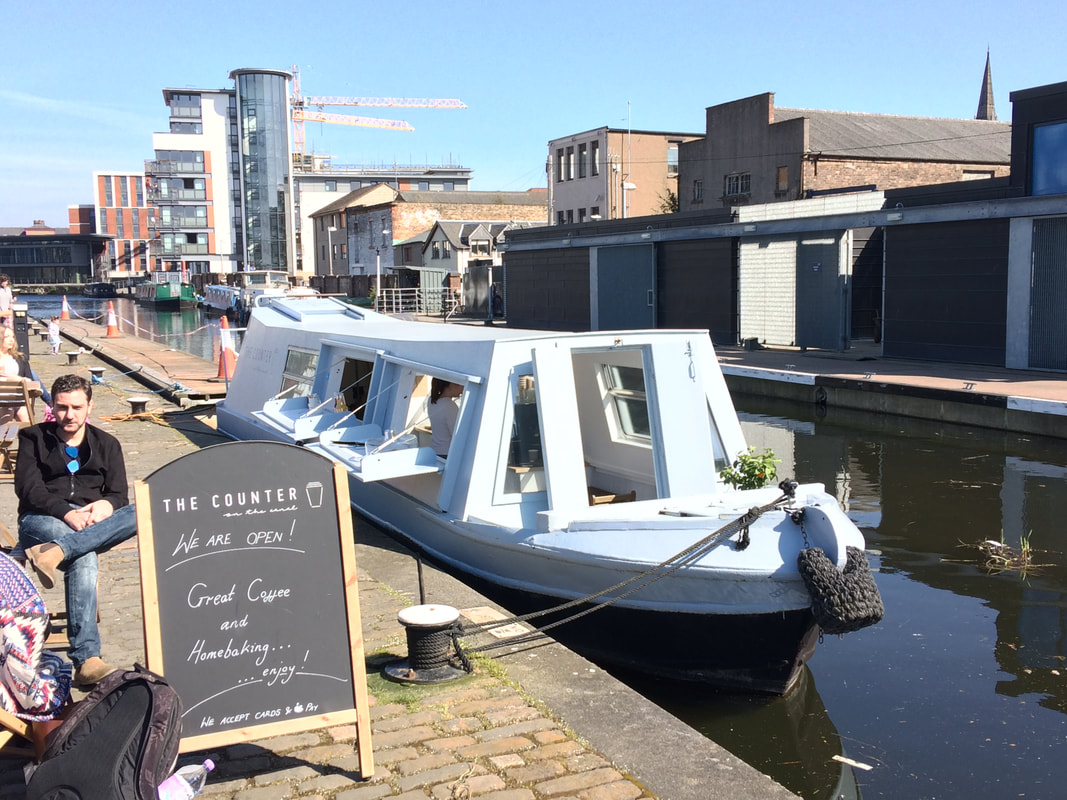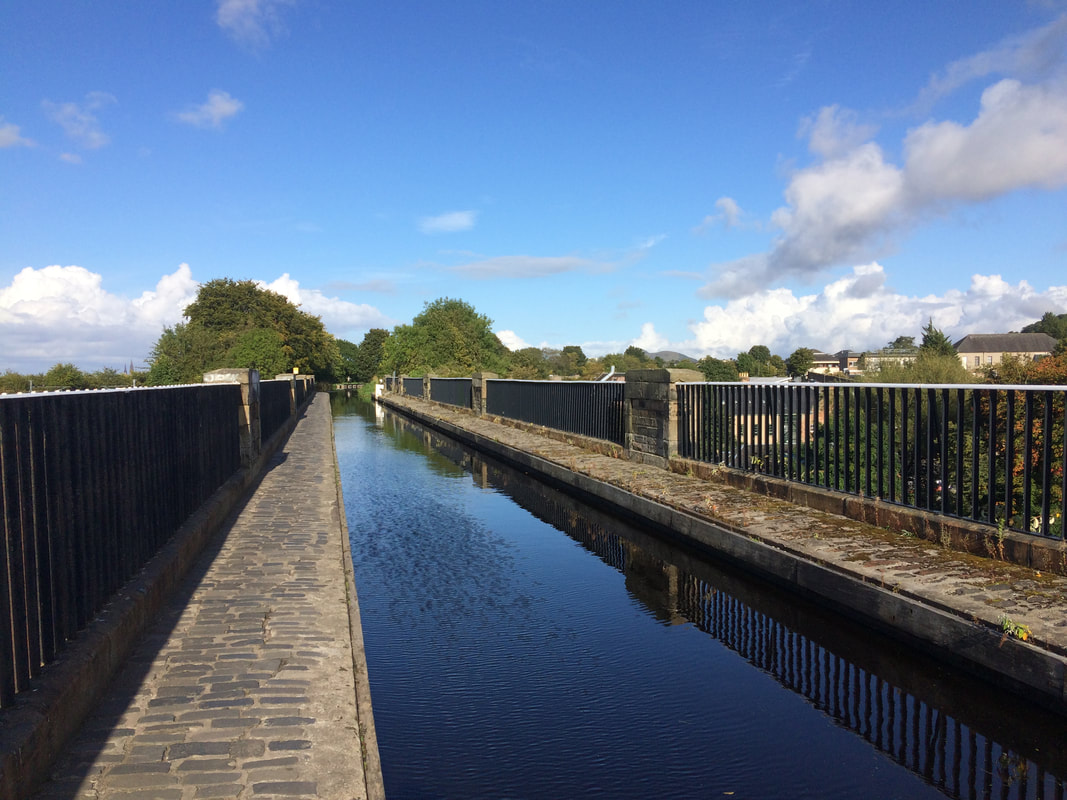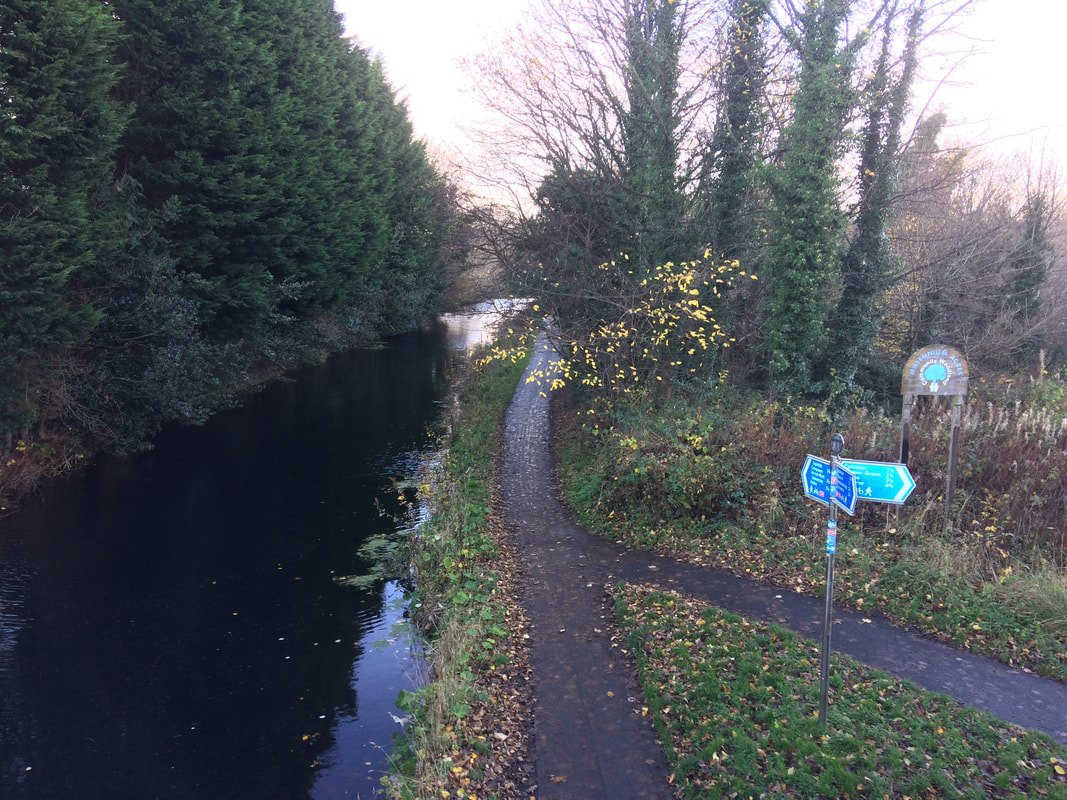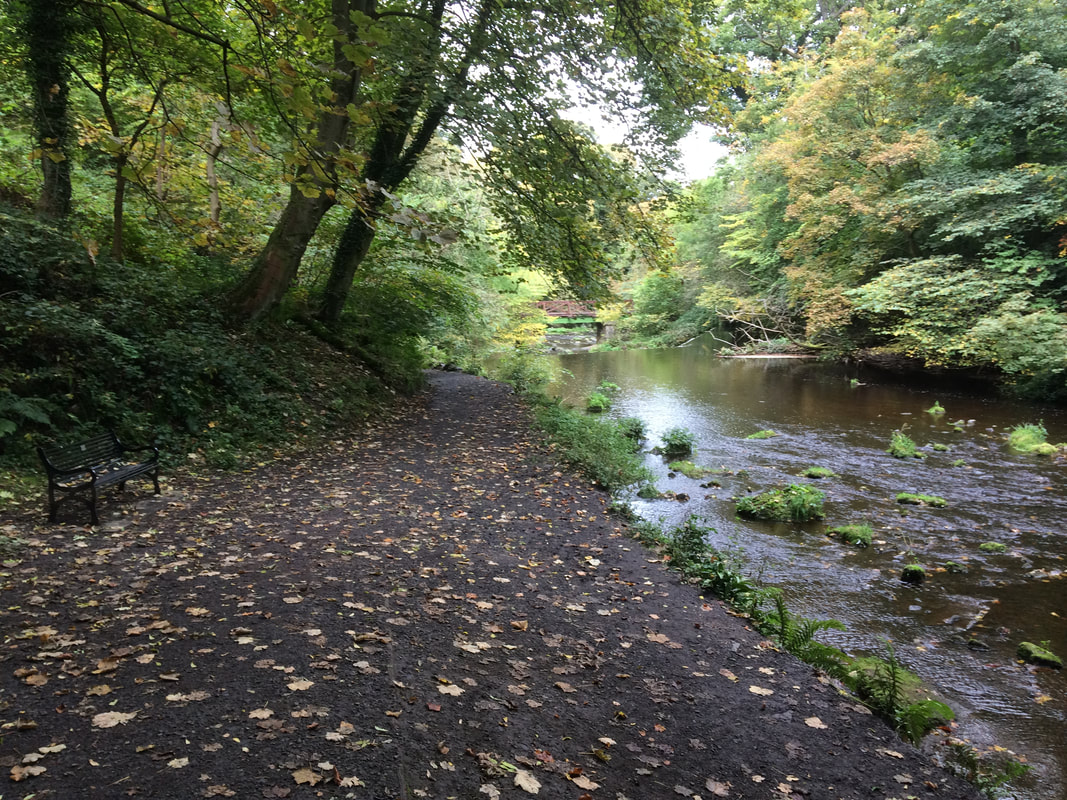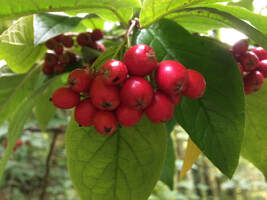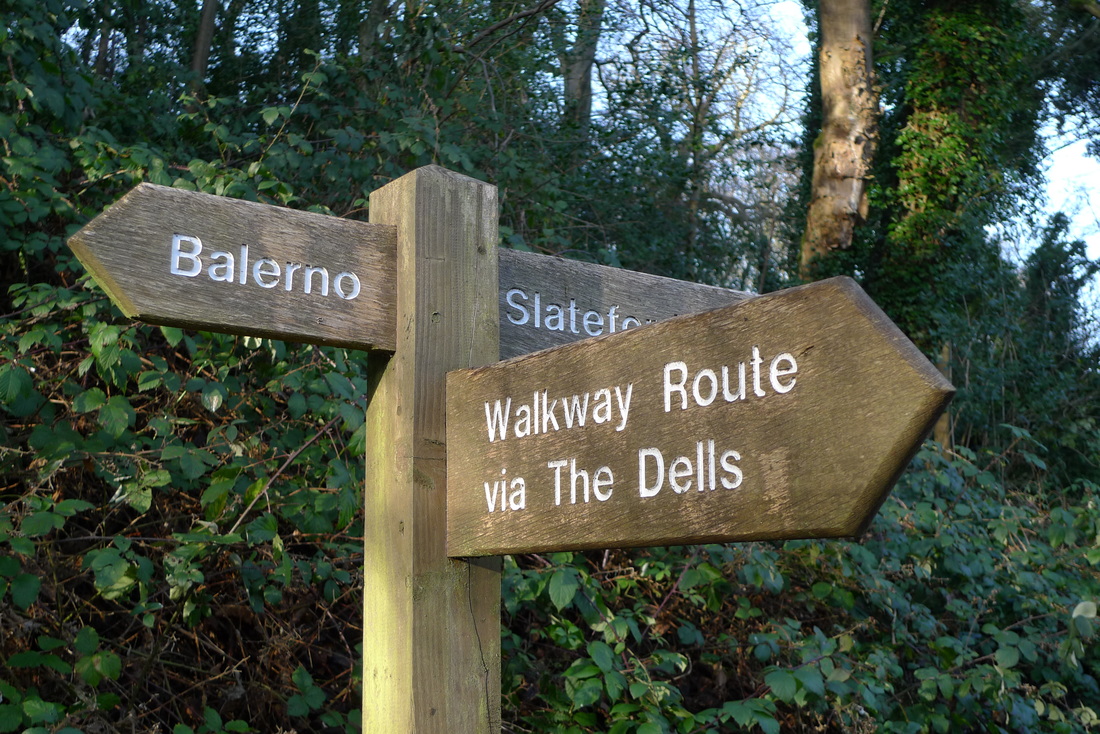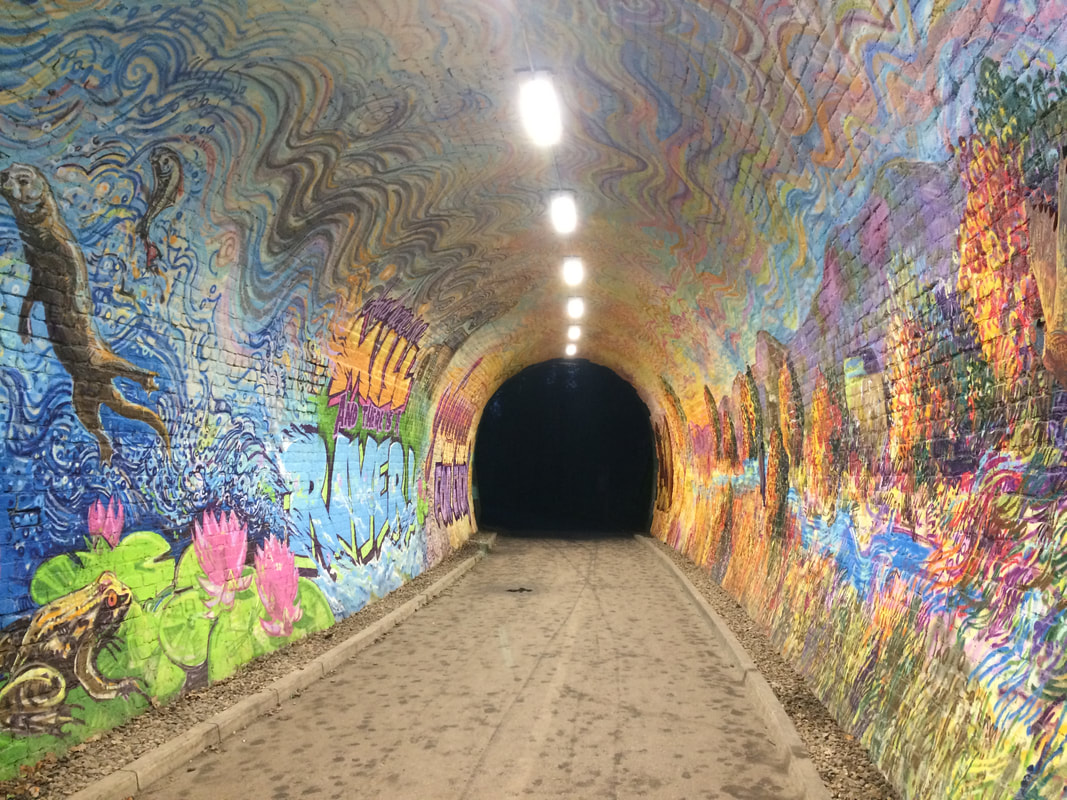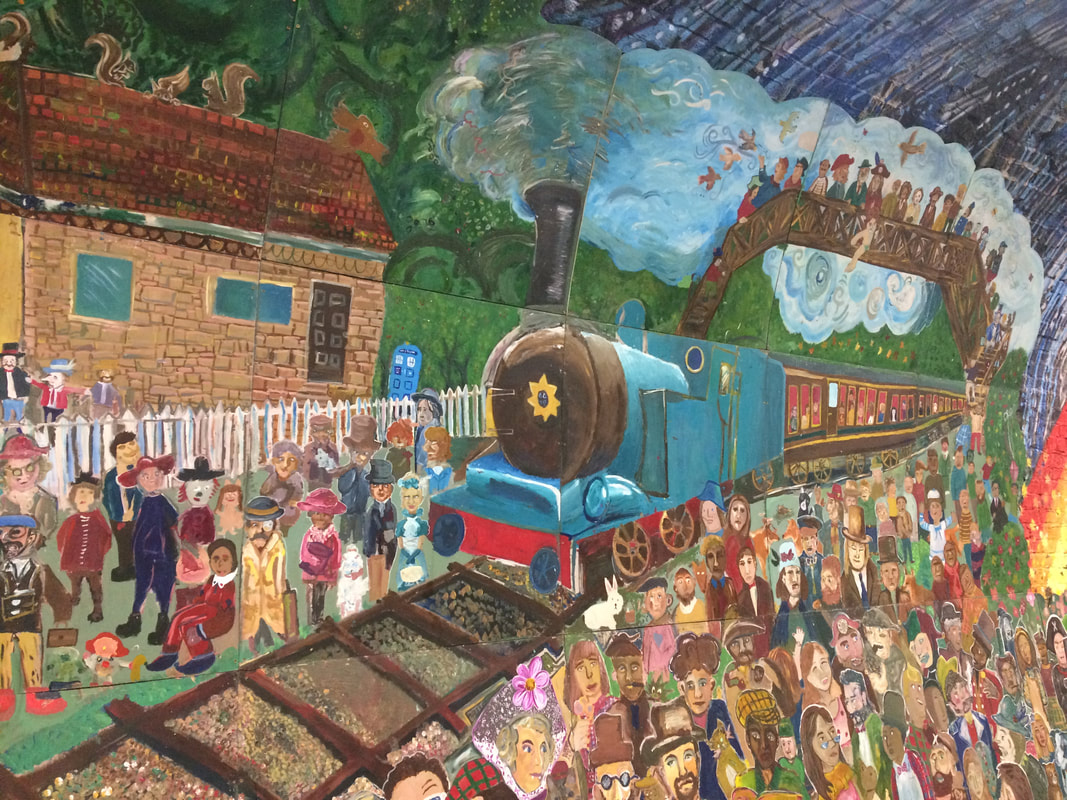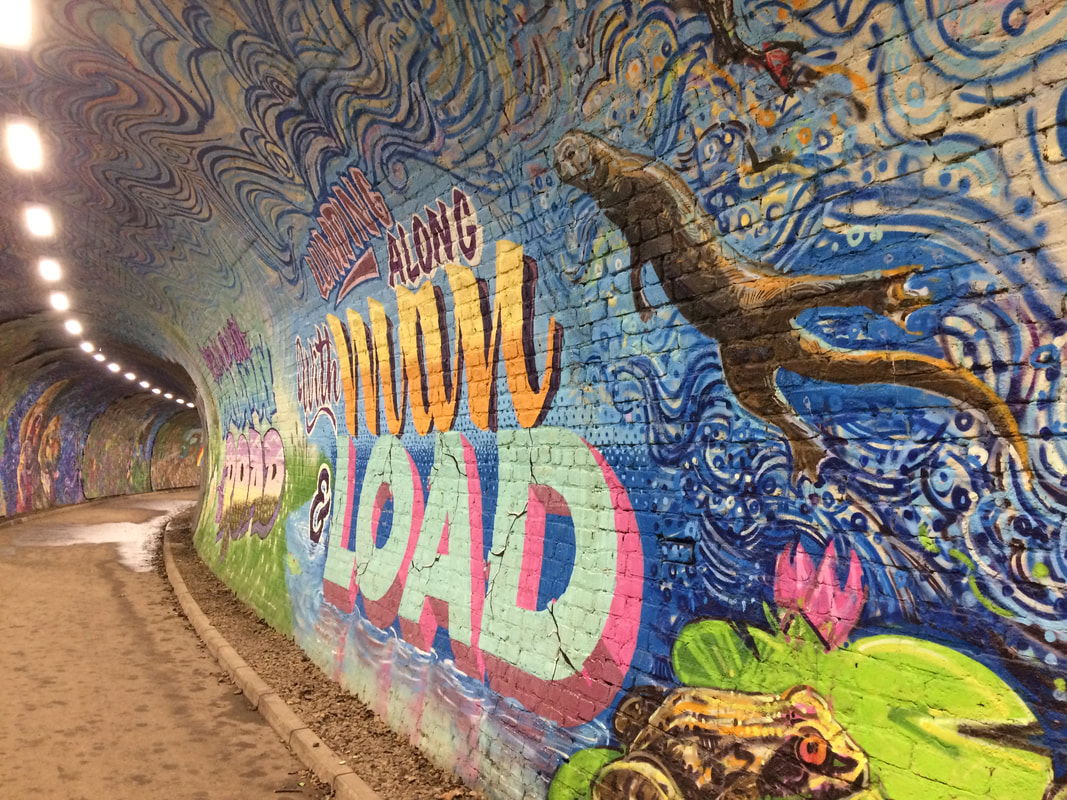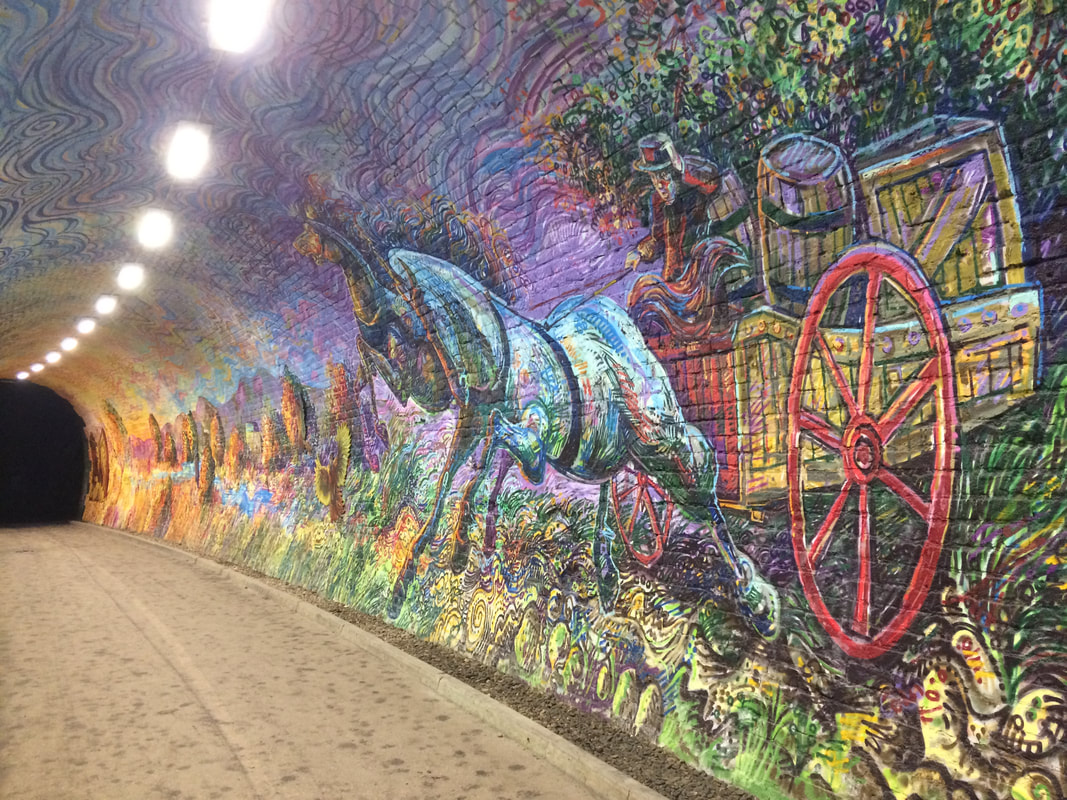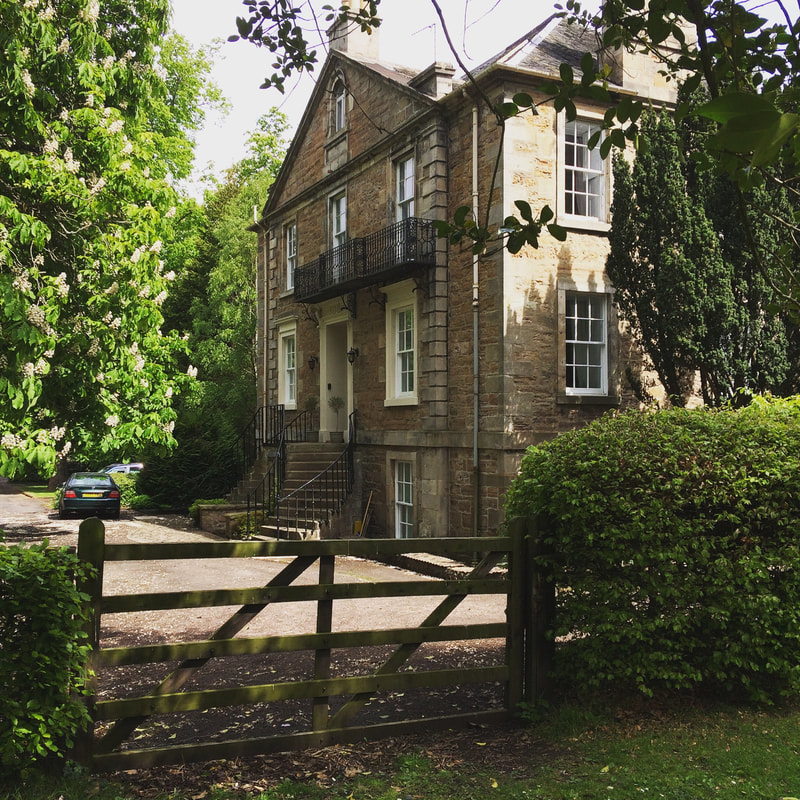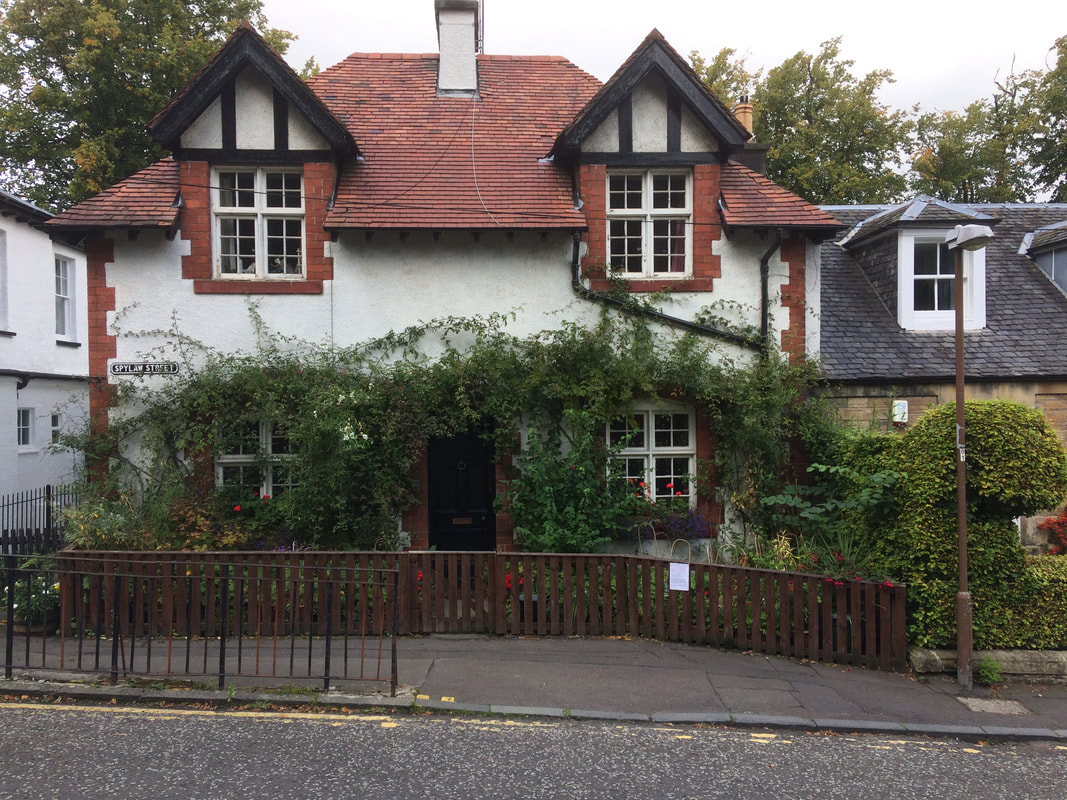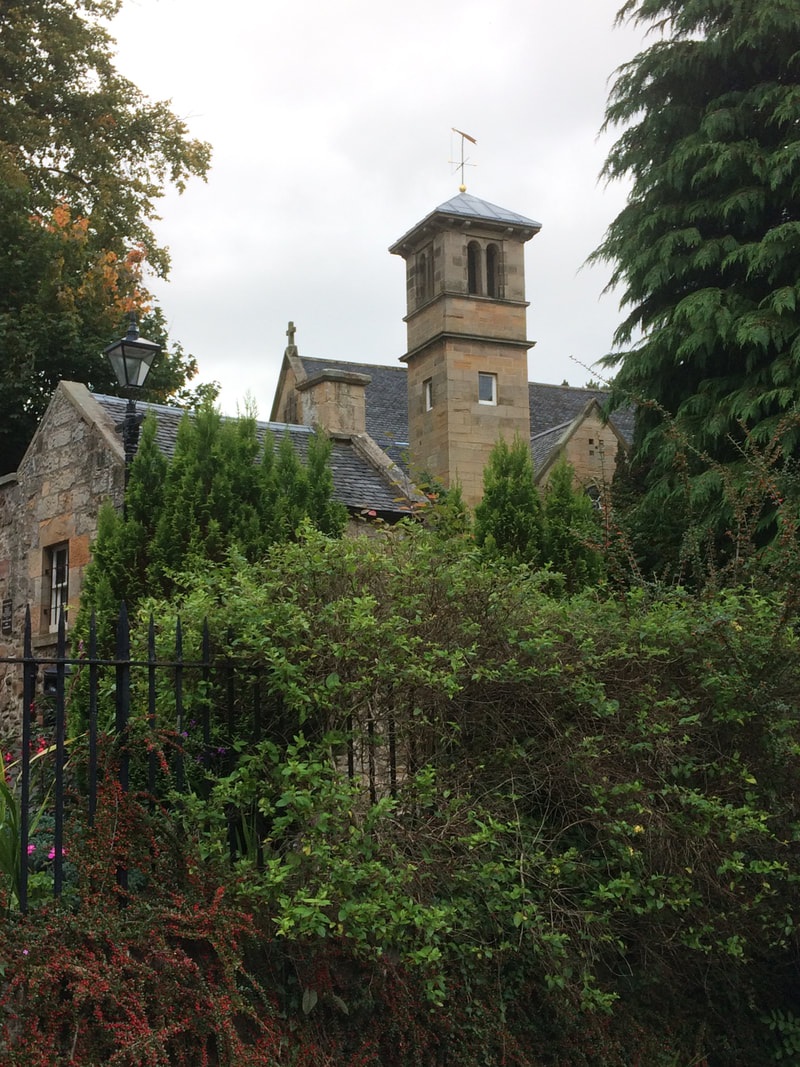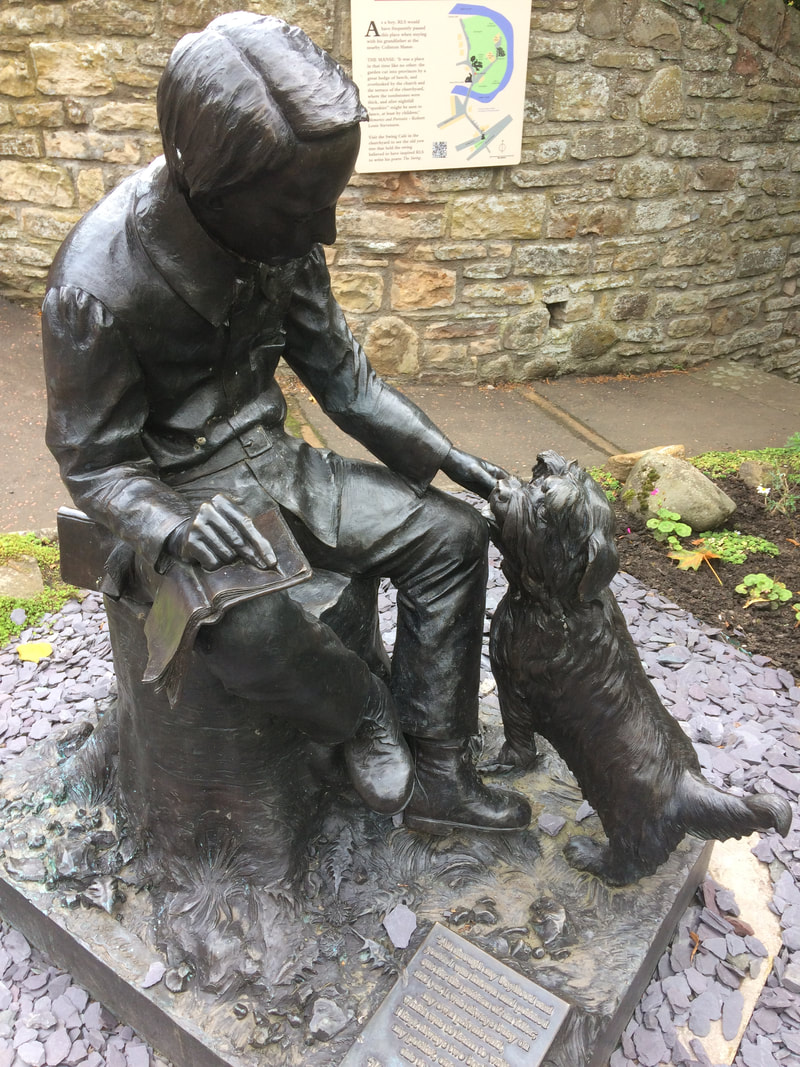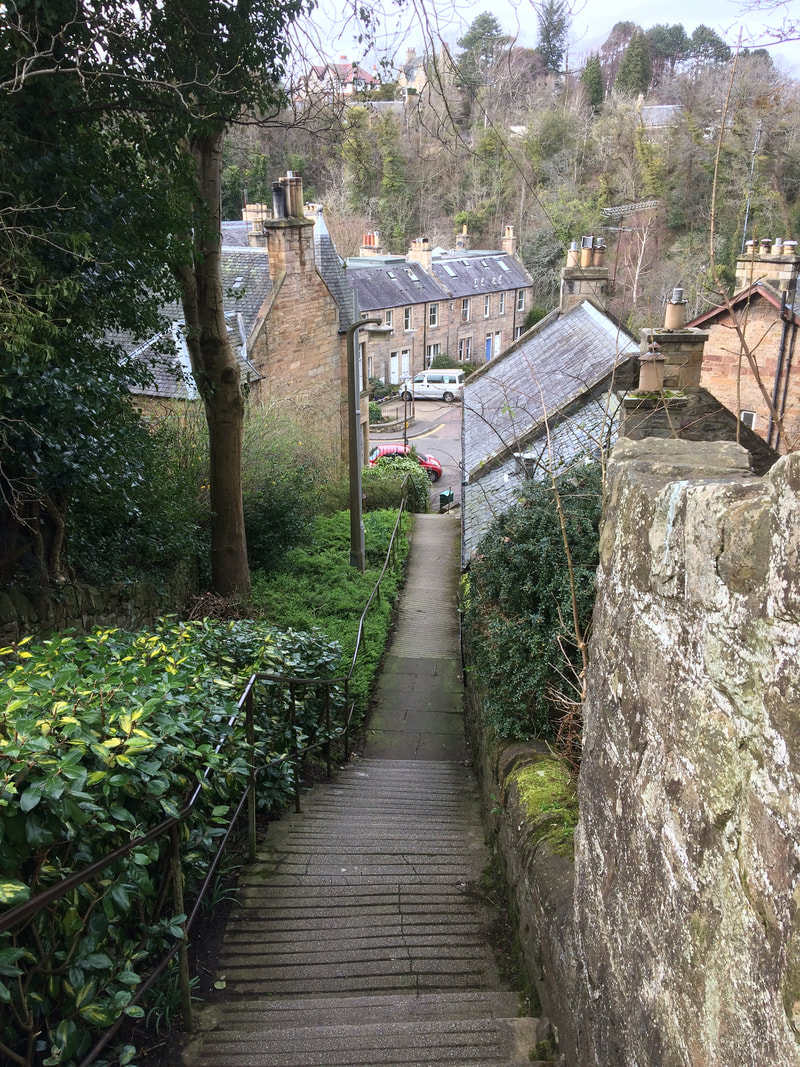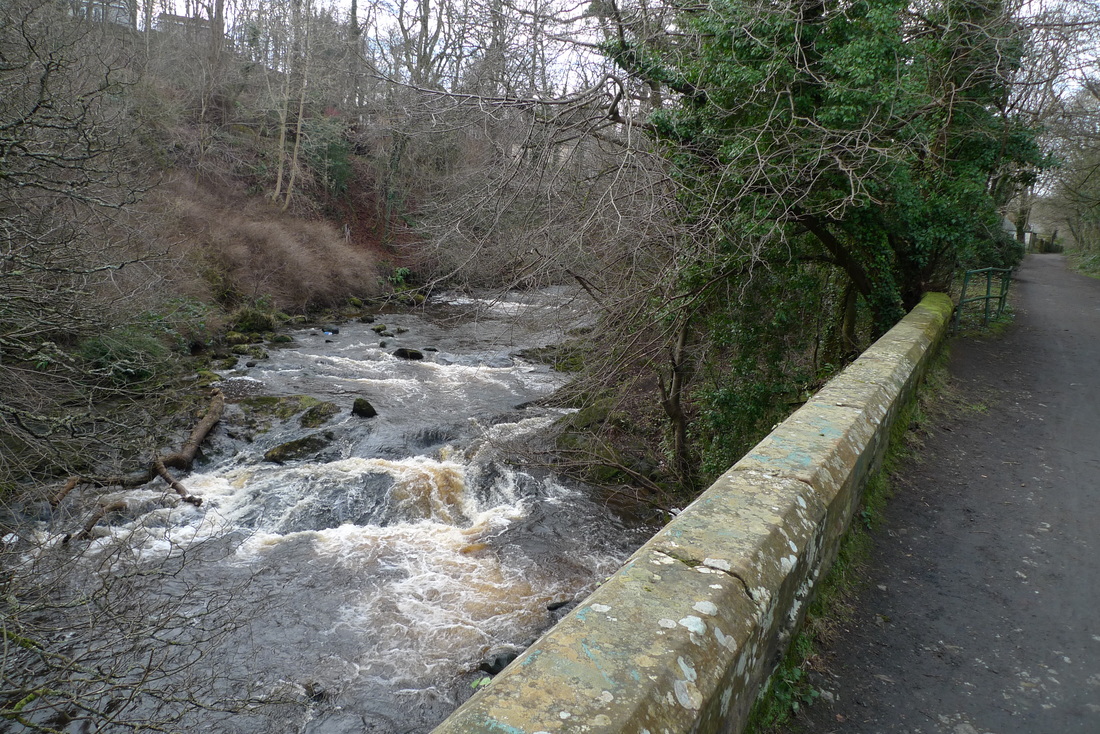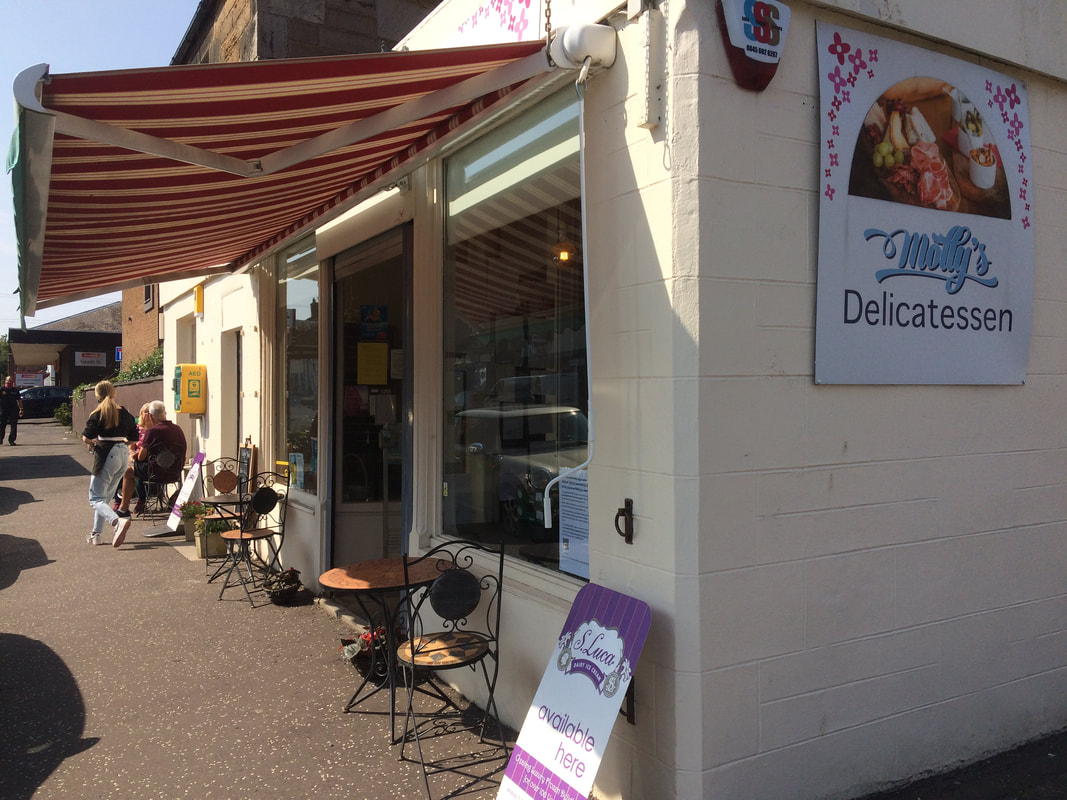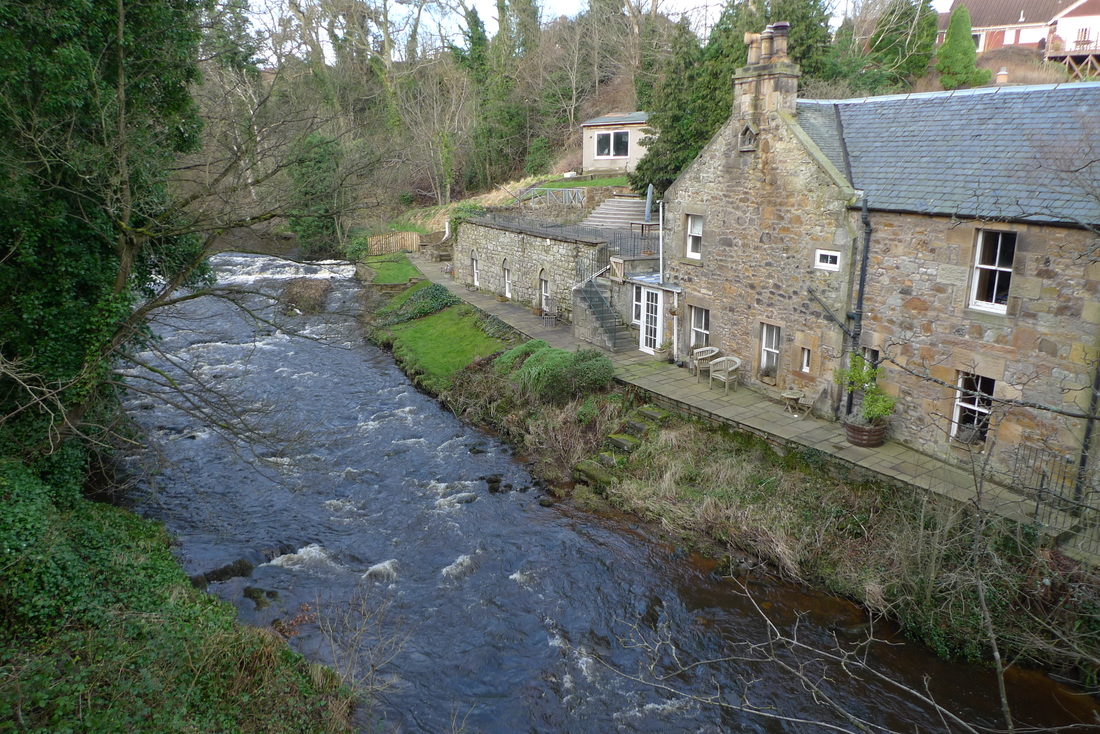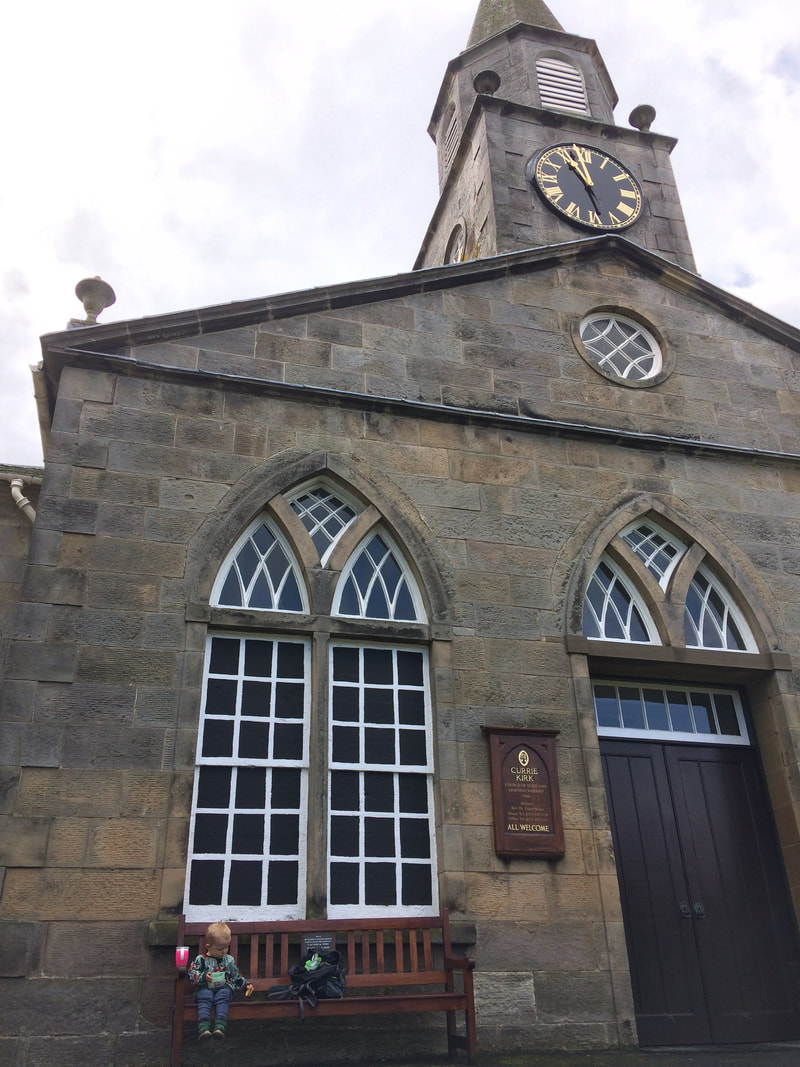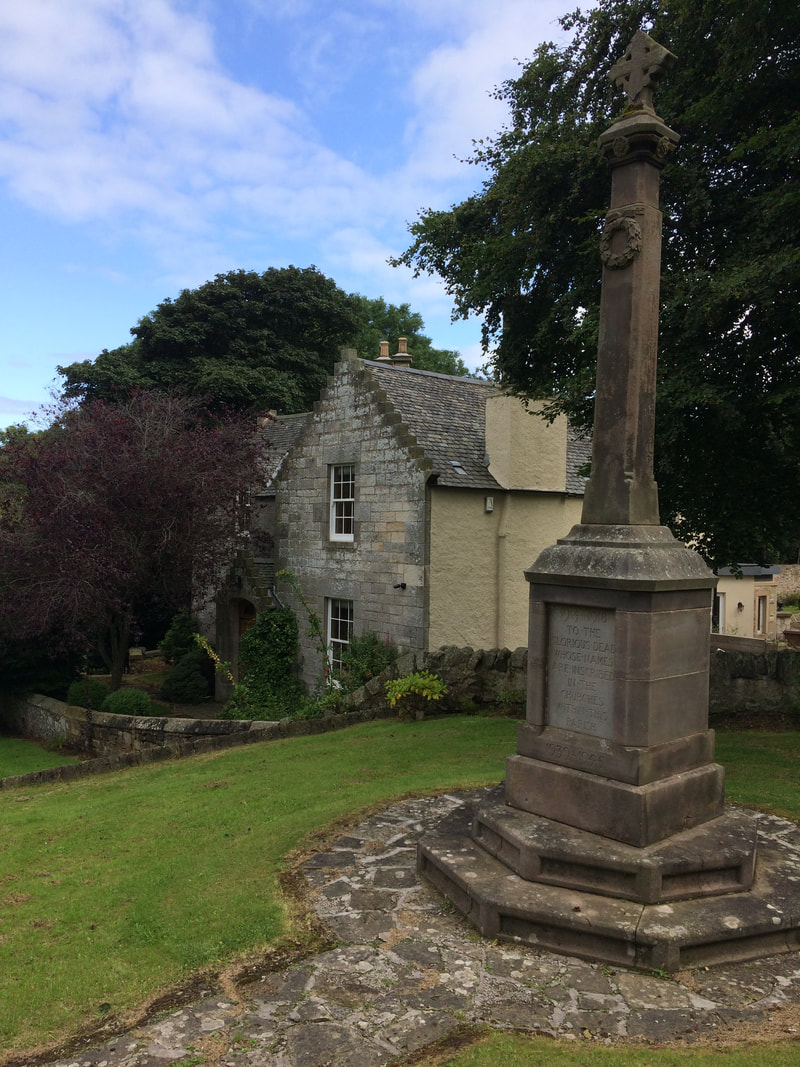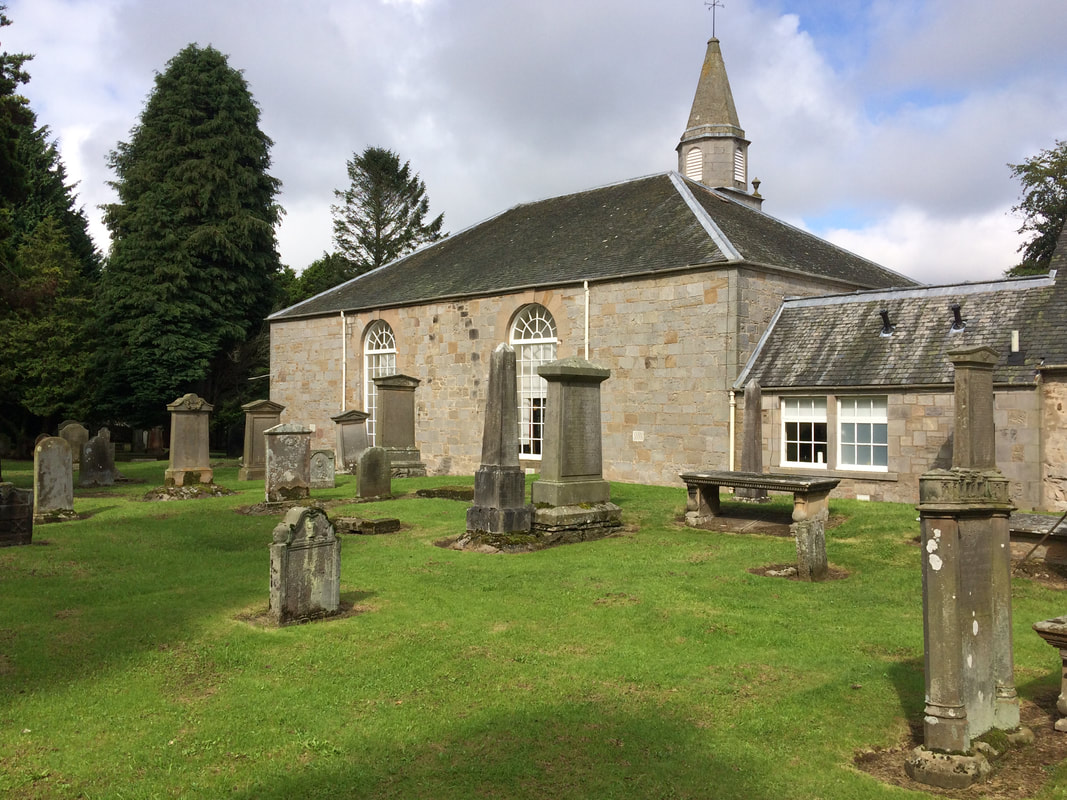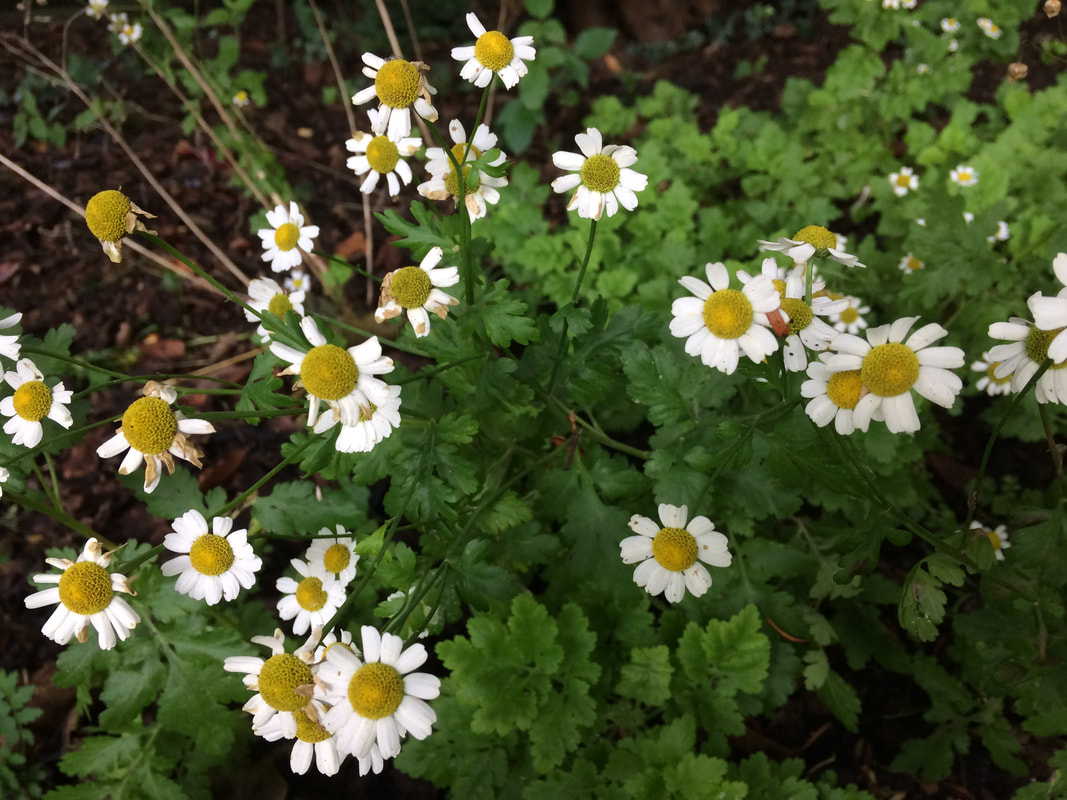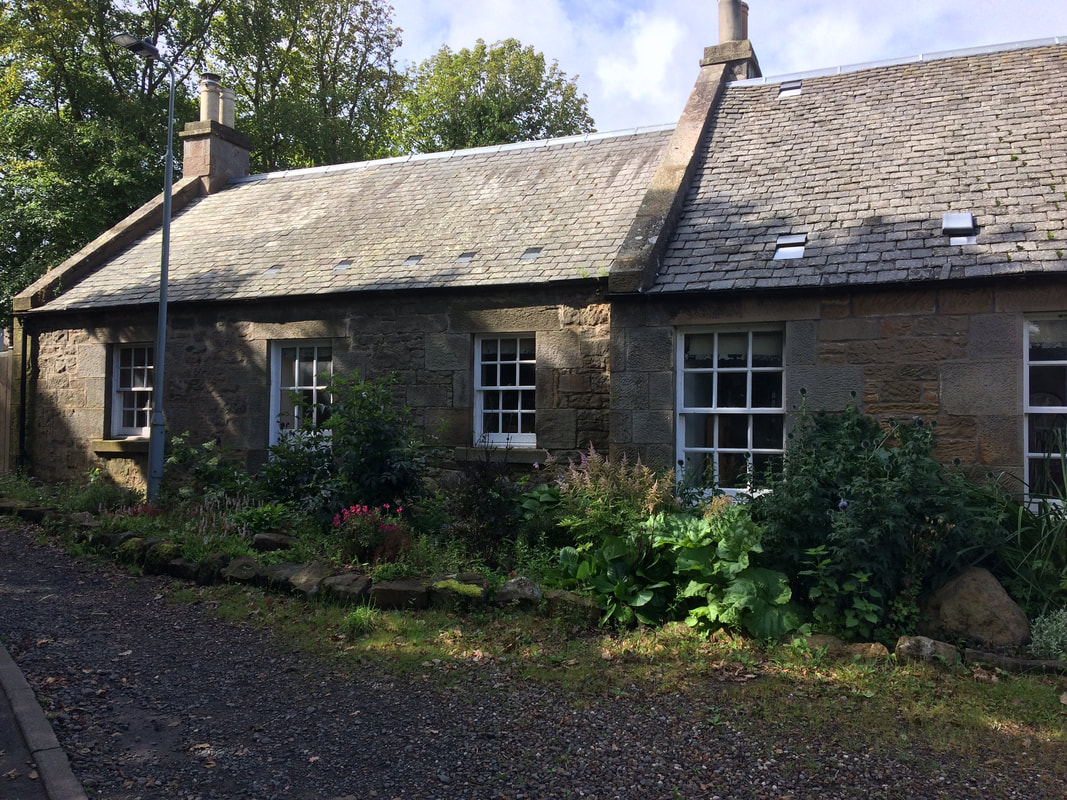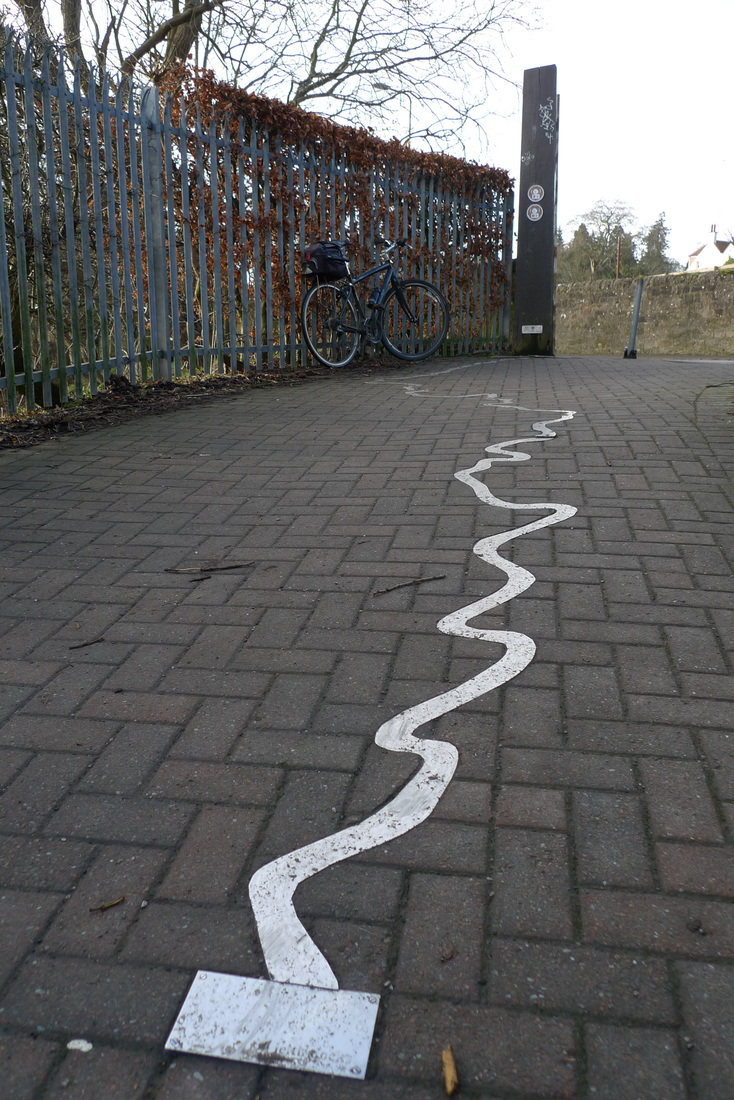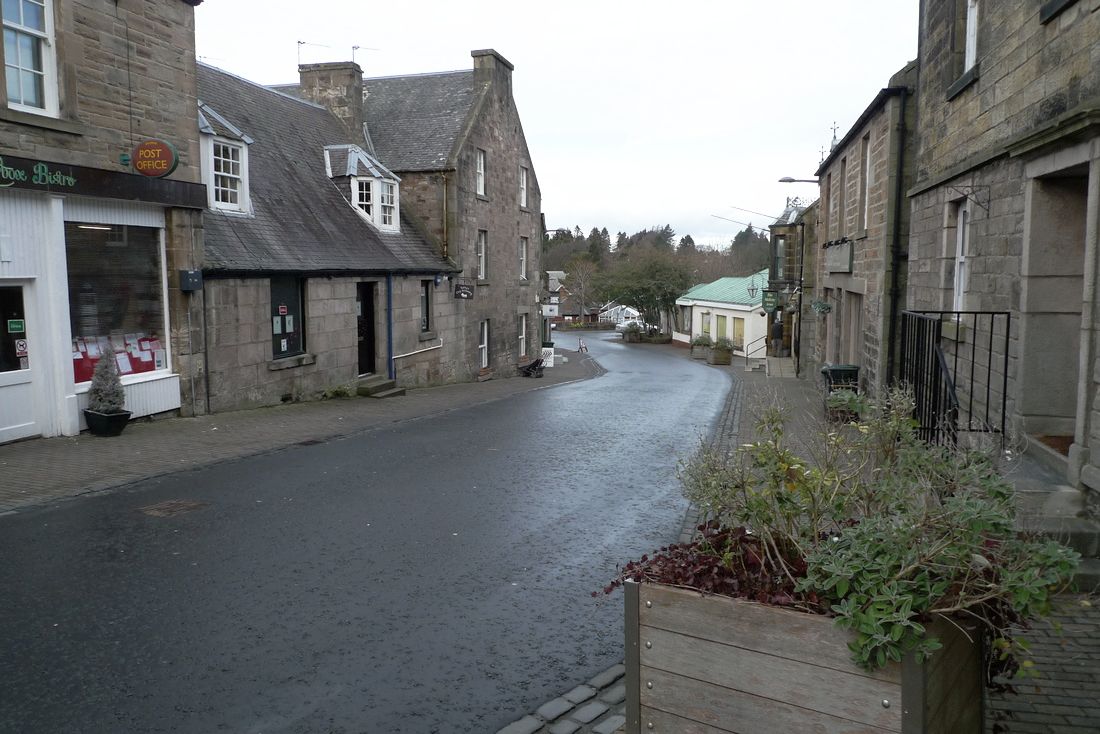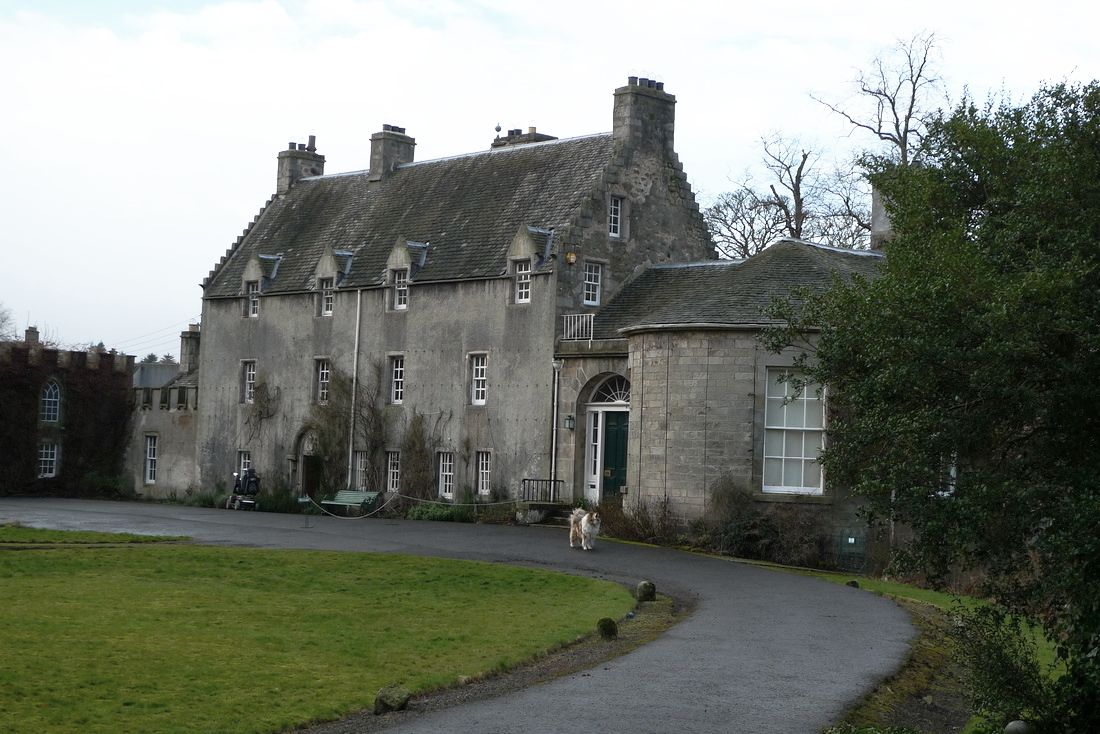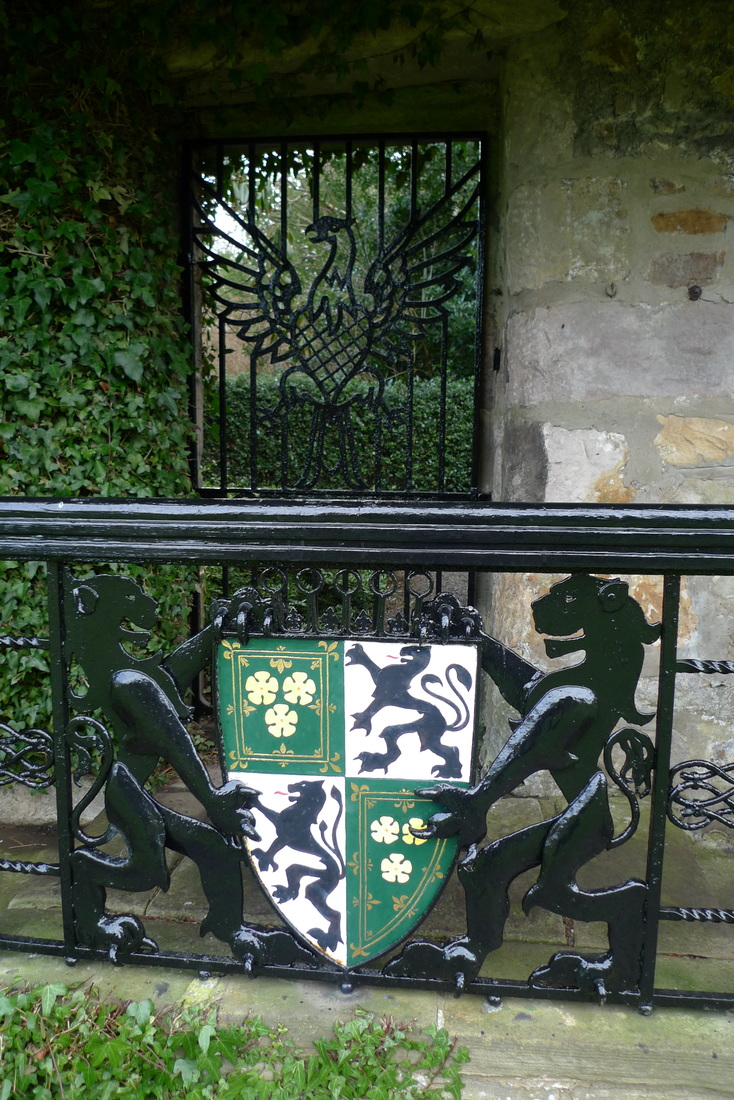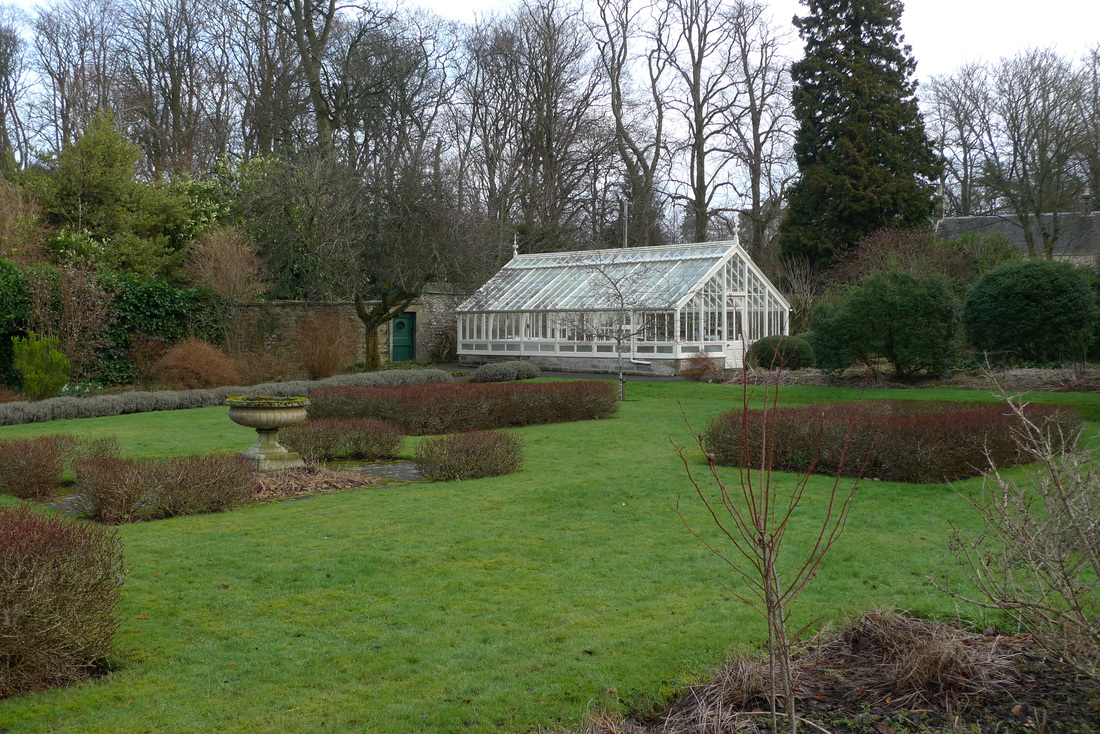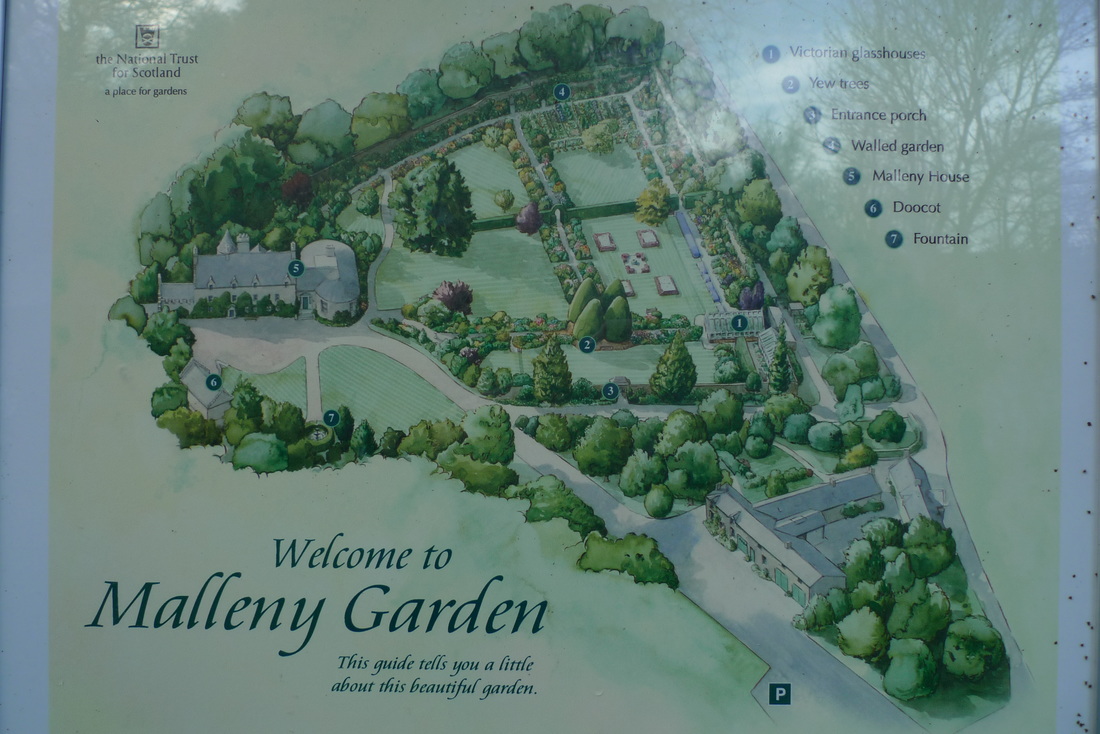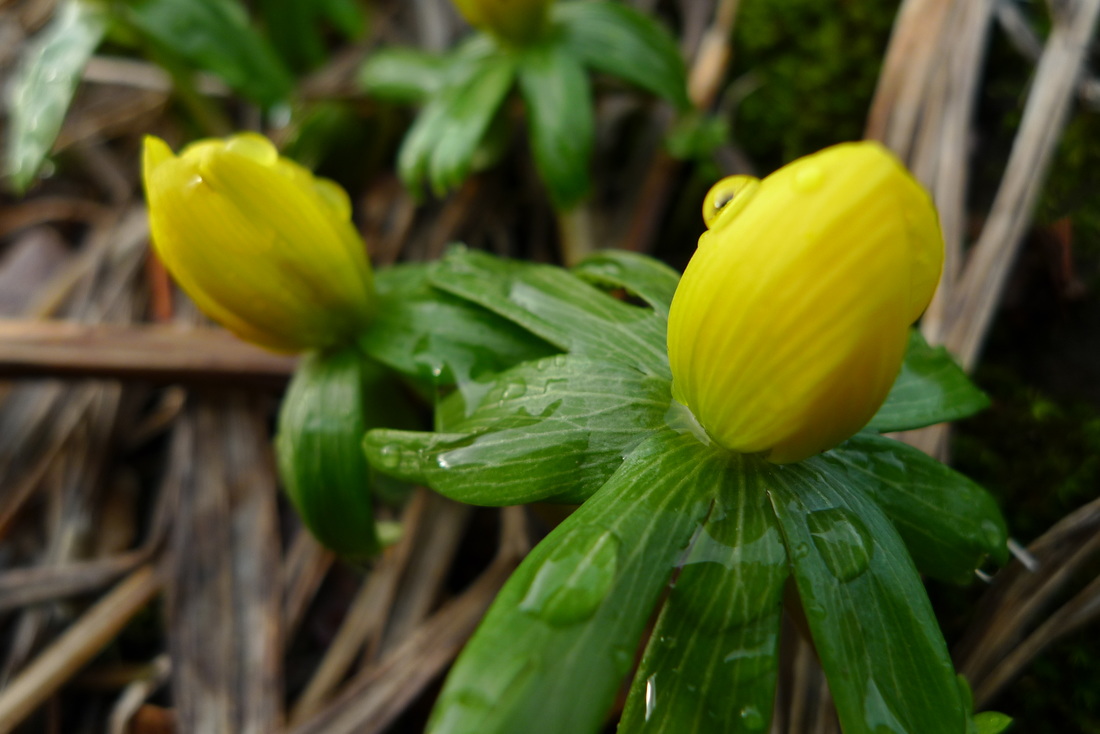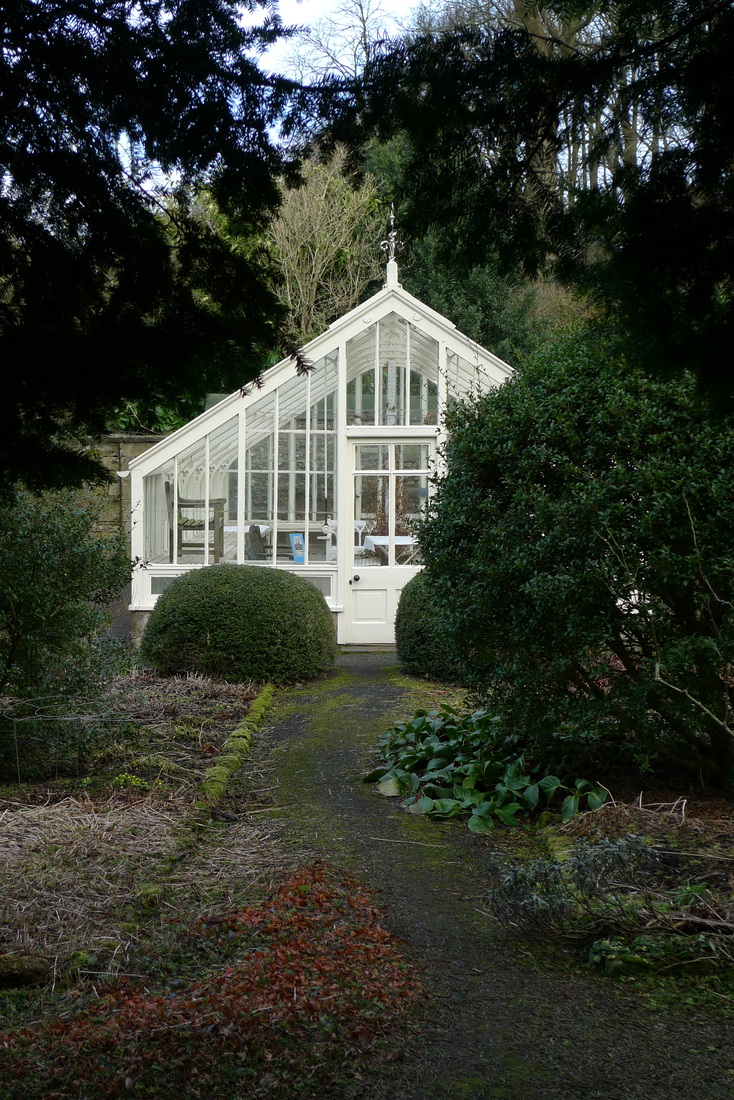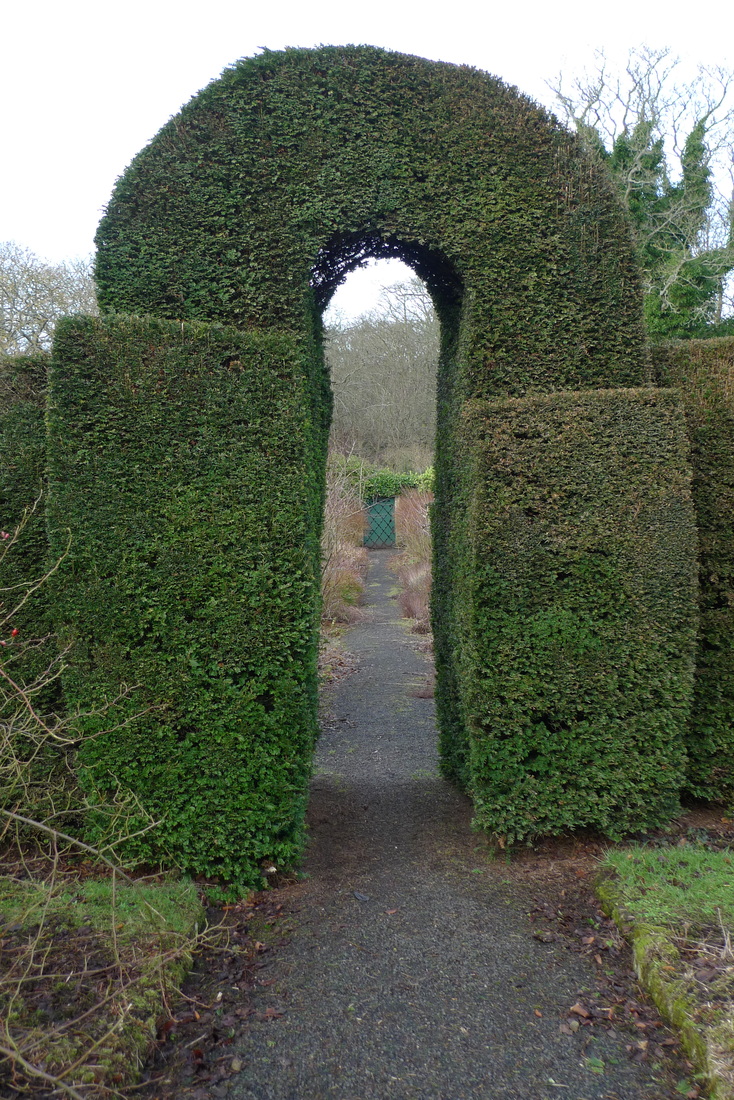|
The Colinton Tunnel is one of the most spectacular features of Edinburgh's cycle network. Visit it on this 8 mile traffic-free route following the Union Canal path and a disused railway line. The route ends in Balerno where you can visit the walled garden of Malleny House.
Fountainbridge The route begins on the Union Canal which can be found on Fountainbridge- hidden behind glass office buildings is something like a mini Amsterdam with the colourful canal houseboats and alfresco dinning . There is even a canal boat serving coffee.
-The canal is a popular place for locals. It can be busy with pedestrians and cyclists and is very narrow in places, so it is not a place to go very fast.
Despite being in a city the canal path has a surprising countryside feel with plenty of trees, ducks and swans. Slateford Aqueduct After about 2 miles you will come to the Slateford Aqueduct. Although an impressive piece of engineering this is probably the most annoying part of the canal for cyclists. The narrow cobbled path makes it pretty impossible to cycle over and the signage instructs you to push your bike. Some cyclists still give it a go, but there is so little space for passing safely that I recommend just pushing the bike and once at the other end you will be able to pedal again.
Colinton Dell
After the aqueduct it's just two minutes more cycling until you reach the turn-off. It is quite easy to shoot past it, but just look for the blue directional signage. There are three signs on a pole and one of them points to Balerno and Colinton.
This takes you up and onto a bridge that crosses the canal and then the A70 Lanark Road to join a path that was once a railway line. Passenger trains ran on this line until 1943, goods trains continuing until 1967. It follows the Water of Leith and heads into Colinton Dell.
This is a special part of the city and it is worth parking up the bike and doing a bit of walking along the many trails that take you through the woods and alongside the water.
Colinton Tunnel- 3.7 miles from Fountainbridge
One of the most exciting parts of the route is cycling through the railway tunnel at Colinton. This used to be a gloomy experience, but it has been transformed into one of the most beautiful parts of Edinburgh's cycle network, thanks to the mural painted on every surface of the tunnel.
The theme of the mural is local history and heritage. You will see an otter swimming, a train pulling into a station packed with interesting characters, a horse and carriage racing by and much more. The mural is nearing completion, but still requires donations and if you wish to give something there are details on the tunnel website.
Spylaw Park
After the tunnel you come to Spylaw Park where there is a particularly striking grand house. This was the mansion of James Gillespie who made his fortune as a snuff merchant. He built the house in 1773 next to his snuff-mill and today it contains private flats.
The park is ideal for a picnic with a huge grass area, plenty of benches and a children's play park. Or head through the park to get up to The Spylaw, a country pub with stylish interior and a beer garden. If coffee is more your thing then Java Moment (not open weekends) on Bridge Road does an excellent cup.
"I kept always two books in my pocket, one to read, one to write in." Robert Louis Stevenson. His statue in Colinton village depicts him with two books. Colinton village is worth a wander, particularly down Spylaw Street with its idyllic cottages leading down to a bridge where you are surrounded by the sound of the Water of Leith rushing below. On the other side of the bridge there is the gorgeous Colinton Parish Church. This is also where you will find the Robert Louis Stevenson statue. The famous author visited Colinton as a boy and the statue depicts him as a boy with his dog, a skye terrier called 'Coolin'. There is a poetry trail around the village with panels containing verse from his work.
Mills and Railways
All along this route there had been a thriving milling industry- saw mills, paper mills, barley and grain mills. The railway serviced these mills and led to a housing boom along the line as the train made it easy to travel to Edinburgh. Passenger usage was so robust that in 1914 a normal train consisted of 8 coaches and this was increased to 13 on Saturdays. After the First World War the railway started to go into decline, largely as a result of competition from buses. Monuments to the area's industrial past are rare and what you will mostly find is trees, gently flowing water and the chance to spot wildlife. If you are lucky you might see deer, heron, badger and kingfisher.
Juniper Green cake stop
About one mile from Colinton is Juniper Green. For cake or lunch leave the cycle path to go into the village where you will find Molly's on Lanark Road. The traybakes are legendary with their toppings of thick chocolate and delicious flavours like orange Aero. The lunches and breakfast are also good and they have some outdoor seating for sunny days. There is an attached delicatessen where you can pick up fresh fruit and other interesting foods for the journey ahead.
Currie Conservation Village
An elegant church, with a clock tower, appears suddenly- it is quite a striking vision after seeing only trees and and glimpses of the Water of Leith for the last couple of miles. This is Currie Kirk (1784) and the little patch of cute cottages surrounding it is part of the conservation village. It is worth getting off the bike and having an explore around here.
Balerno
Once you reach the end of the route, at Balerno, it is marked with a metal sculpture set into the pathway that signifies the twisting route of the Water of Leith. At this point you emerge onto Bridge Road. Turn left here to reach the centre of Balerno and for Malleny Garden. It can be a busy road, although there is a cycle lane.
Main Street in Balerno contains a couple of pubs, a hairdresser and a pharmacy. It is a pretty street the way that it curves uphill and is lined with attractive stone buildings and bright flower boxes.
Malleny Garden
The garden is sign posted from Bridge Road. You will see the large sign as you cycle towards the centre of Balerno. Malleny House is not open to the public, but the gardens are in the care of the National Trust.
The entrance (admission fee) to the garden is through a small gate in the wall that has a bird, like a phoenix, incorporated into the ironwork. This is the Gore Brown Henderson crest, former owners of Malleny House. On the other side of the gate there is a coat of arms, representing the Rosebery family, also former owners of the house.
The gardens are small, but have many interesting features, including clipped yew trees planted in the 17th century, Victorian glasshouses and the largest rose collection in Scotland.
An interesting fact is that spring arrives up to 10 days later here than it does in the centre of Edinburgh. This is because the garden is north-facing and has an altitude of 170m.
Looking for other ideas of cycling routes from Edinburgh?
Why not try the route to Musselburgh? It is also mostly traffic-free.
4 Comments
Thanks for sharing this. I live partly in Italy, partly near Dalmally in Argyll. I'm just getting back into cycling after many years away so this ride is ideal for me. It looks lovely, and not too challenging - on my wish-list for next time I'm back in Scotland. :)
Reply
Gary McIntosh
20/1/2021 05:45:28 pm
Hey. Have cycled this route and variations of it literally hundreds of times in my life in Edinburgh. Nice to see it summarised with pics like this. I love the WOL and Clinton Dell.
Reply
anne
2/7/2023 10:19:15 am
Hi I wish to travel from Currie to Edinburgh City Centre on my electric bike so farI have struggled to find a route that does not involve steps I physically cannot manage to get my heavy bike down or up stairs. Can you please advise.
Reply
Leave a Reply. |
Categories
All
Archives
July 2024
|

